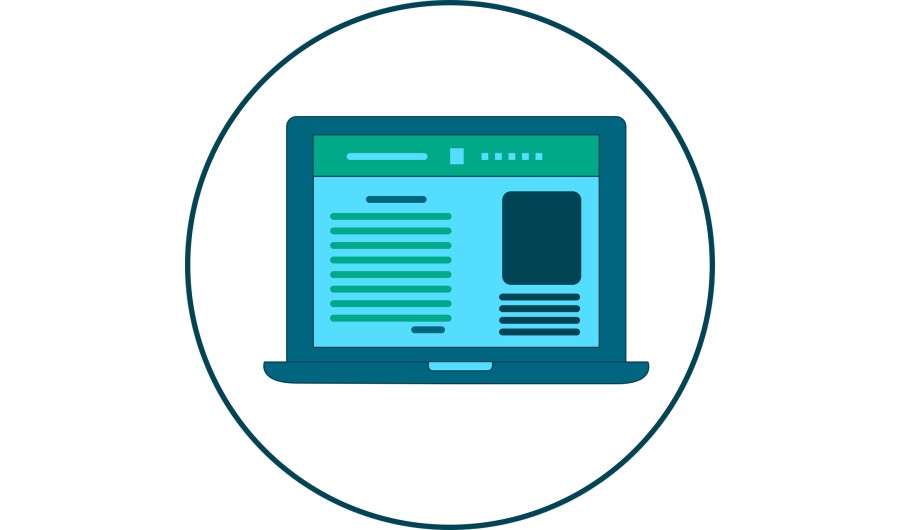
Story-Driven Web Design: Techniques for Creating Immersive User Journeys
Story-driven web experiences have evolved into a multi-faceted environment. Incorporating a narrative into the framework of the websites, designers follow visitors into curated multi-layered impressions. It becomes easier to convey information effectively and inspire users to pursue content further with creating a website narrative. We will discuss numerous techniques UX/UI specialists can imply for narrative-driven web design.

Prioritize Visual Hierarchy of Elements
The optimal way to achieve the visual hierarchy is to blend textures of tints, colors, contrast, proximity, alignment and other clues that assist the audience digest content. Visualize complex concepts with infographics. Combine static images with dynamic clips of customers as the hero background, generating a more evolving look that maintains users hooked.
A well-defined visual hierarchy improves the user experience and directs their gaze, moving them in their interaction with the platform. Play with contrast, dimensions, layouts to accentuate key assets and create a smooth design flow. Utilize various sizes to develop visual hierarchy and emphasize important content. A unified visual language should reflect your brand’s positioning, identity and message creating an integrated storyline that relates across all touch areas.
Convey Multimedia to Show and Tell
Balance creatives with relevant text to deliver additional context to your narrative. Highlight a focal point, using a large image to draw focus to a specific area of the page. Where applicable, integrate authentic lifelike imagery that represents the diversity of the audience. Personalize your narrative with authentic user-submitted content and backstage footage to give a personal touch.
Utilize Interactivity
Interactive elements in storytelling websites captivate audiences like puzzles. 3D elements not only add visual appeal but are an integral part of the storyline, adding depth and dynamism to website elements with 3D feel. For advanced websites apply fully developed animated sequences outlining your brand’s journey.
Another highly effective approach is to use professional mockups. There are best mock ups to use for free as 3D and vector illustrations, hi-end animated mockups to uphold the visual appeal of the site.
You could potentially integrate features such as animated explainer videos, scroll-triggered effects, and quizzes to actively draw users into the story. Sophisticated use of micro-interactions, especially noticeable in the contact form could make the website feel more descriptive.
Improve Narrative Flow with Typography
Do fonts have personalities? Definitely! For example, a large font in Header image and usage of a vibrant color palette can help produce a feeling of authority and importance. A bold headline, italic quotes, subtle texts – they make significant additions. Sans-serif fonts deliver a streamlined and contemporary look, while serif evokes a perception of elegance and strong tradition. Create a consistent visual branding and aesthetic employing uniform fonts across your website. Pick easy-to-read fonts on both desktop and mobile screens. Try different typography techniques, for example, all-caps, bold or italics to add interest and emphasis.
Tailoring Authentic Characters
Protagonists can be portrayed by real people (existing customers, individuals running the company, etc.), animated figures, or even mascots. They guide users, entertain, and help grasp concepts. The character embodies the brand’s positioning, values, or user-centric strategy. To create characters that feel relatable to your audience, you need to profoundly examine ideal customer profiles, their challenges and prospects.
Immersive web narrative
Adopt a story-driven approach in the early conceptualizing phases of development. Create a logical flow and content sequence with intuitive navigation and clear CTAs following the next steps. Provide a more pleasant reading experience by prioritizing readability and using white space to add more air and boost the visual quality of your web pages.
It all comes down to designing experiences that blur the lines between observer and participant in the narrative. This could involve timelines, personalized style narratives, or game-like features that present dilemmas to make the user’s journey through the site fascinating. Should it happen you depict the history of your company in the About Us section it is recommended to offer in the interactive timeline manner, not just simple segments of the text.
Wrapping Up
A user-centric approach requires a constant focus on the user’s perspective, from early development to final iterations. With infusing this concept, webpages can be transformed into narratives with a well-defined storyline and clear progression. Embracing storytelling in your UI framework allows you to create experiences, encouraging users to visit your portals.






